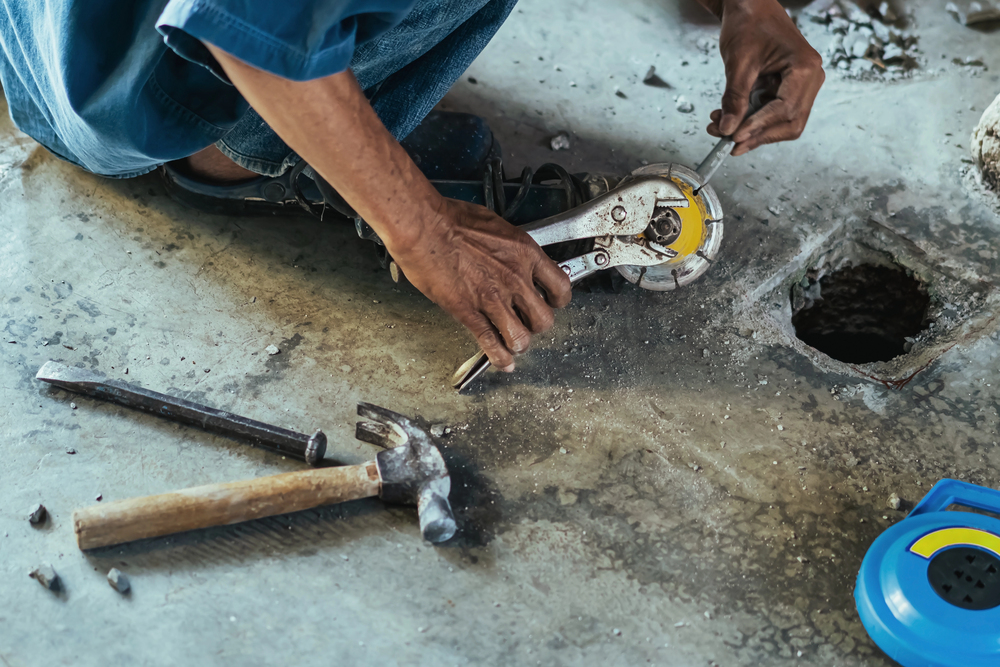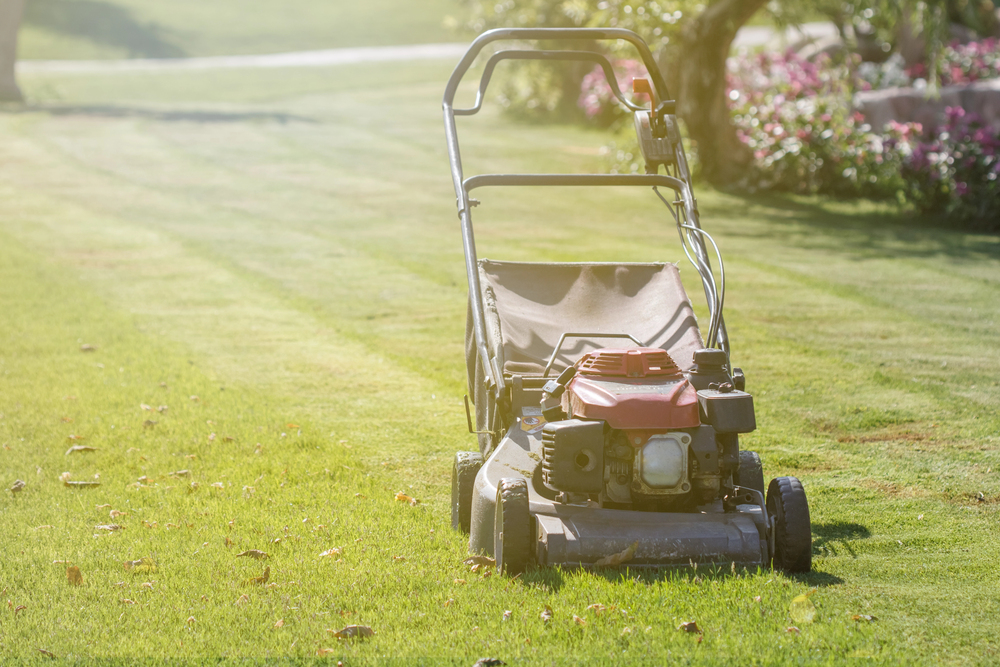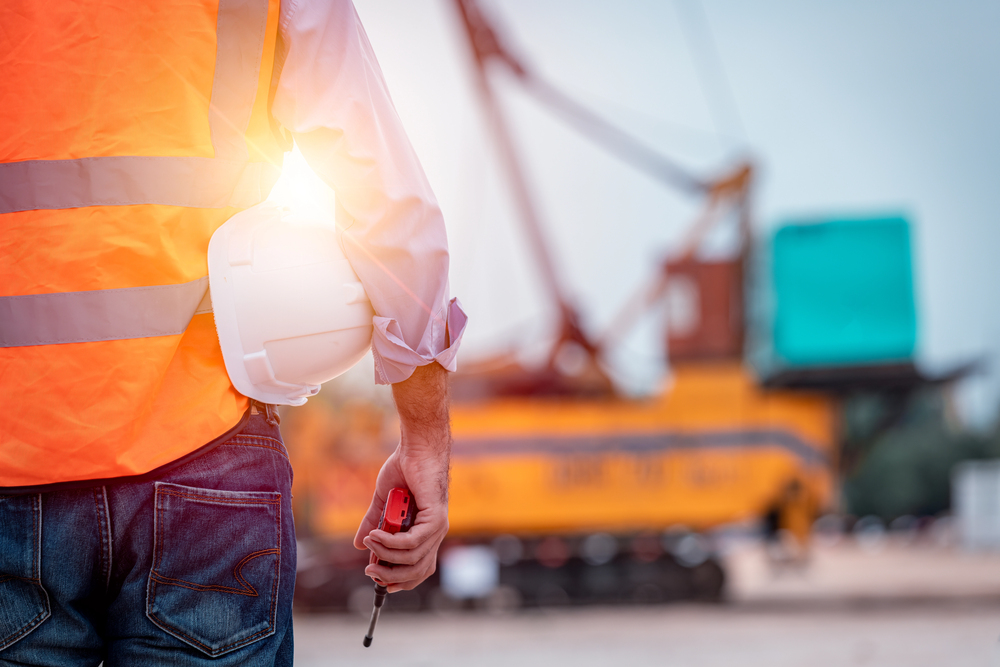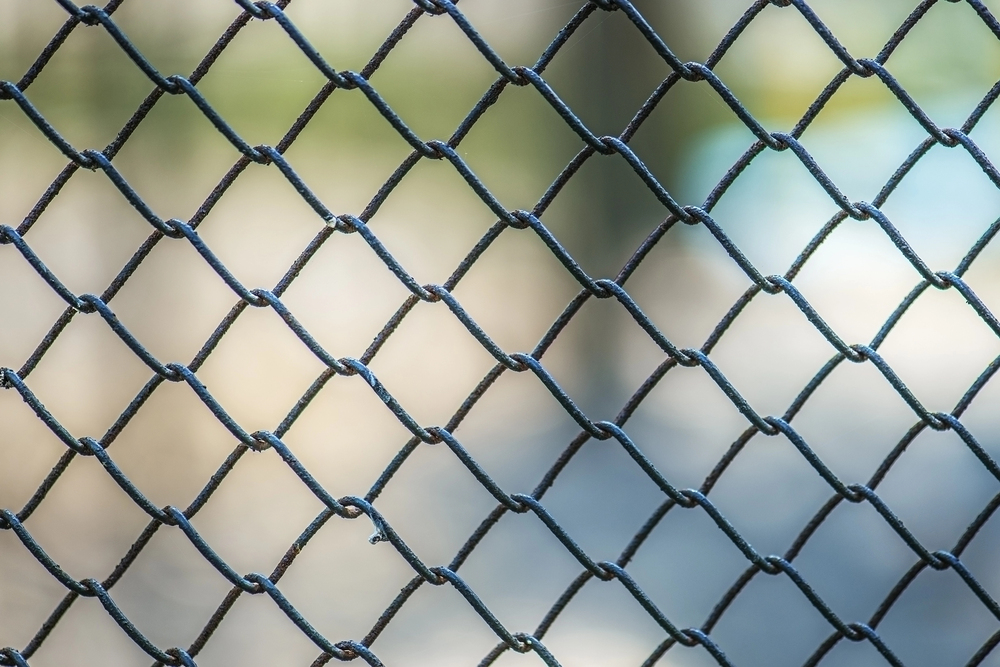Every confined space operation carries a simple truth: If something goes wrong, rescue can’t wait. Whether it’s a utility vault, chemical tank, or wastewater pit, confined space entries demand precision, preparedness, and the right equipment. It’s not enough to have a harness and hope; workers need engineered systems that can lower them safely and retrieve them immediately if conditions change. That’s where tripods, davits, and retrieval self-retracting lifelines (SRLs) become the difference between an efficient entry and a tragedy.
Understanding the Environment
Confined spaces are defined not only by their size but by lack of easy egress. Tanks, manholes, silos, and sewers all qualify, but each presents unique hazards, from atmospheric contamination and engulfment risks to structural instability and poor visibility. Before anyone enters, a rescue plan must be established with mechanical advantage systems in place.
Tripods and davits form the backbone of that plan, providing stable anchor points for descent and retrieval. Their importance as tools in confined spaces can’t be overstated: Occupational Safety and Health Administration’s (OSHA) 29 CFR 1910.146 standard for permit-required confined spaces mandates every entrant must have a viable means of immediate rescue without another worker entering the hazard zone. These hazards can include sudden atmospheric shifts such as oxygen depletion, toxic gas accumulation, or explosive vapors; physical dangers like collapsing walls, loose material, or sudden flooding; and operational risks such as mechanical entrapment or equipment failure. In practice, that means the entire system, from anchor to winch to SRL, must be ready to perform instantly under load, allowing a worker to be retrieved the moment any of these conditions arise.
A correctly implemented rescue plan doesn’t just meet compliance; it defines whether a response takes seconds or minutes, and that difference often determines survivability.
Tripods: The Classic Solution
Tripod systems remain the workhorse of confined space access. Lightweight yet robust, they can be quickly deployed over vertical entry points such as manholes, maintenance vaults, or reactor pits. Their telescoping legs adjust to uneven ground, and their apex supports multiple connection points for personnel and retrieval devices.
When paired with a retrieval SRL or winch, a tripod allows a worker to descend under full control and be raised immediately if conditions shift, for example, if gas readings spike or a structural failure occurs below. It’s crucial to ensure the load rating and connection hardware match the specific SRL or lifeline in use. Improvised setups, like mixing non-rated hardware or using uncertified pulleys, introduce unknown variables that can delay rescue and create secondary risks. Purpose-built tripod assemblies eliminate these guesswork moments, combining portability with predictable load behavior under tension.
Davits: The Modern Upgrade
While tripods dominate vertical entries, davit systems have become the preferred solution for sites requiring frequent or complex access. A davit’s offset arm and base system allow horizontal reach and ergonomic positioning over tanks, ledges, or narrow openings, which is ideal for operations where the entry point isn’t directly overhead.
Modern davits are modular, built from high-strength aluminum or stainless steel, with interchangeable bases that can be bolted, counterweighted, or sleeve-mounted depending on site geometry. Some are vehicle-mounted or portable with wheel assemblies for rapid repositioning. For facilities such as refineries or water treatment plants, which may perform dozens of entries each week, the davit’s repeatability, reduced setup time, and possible use with tools like fall distance calculators translate directly into safer, more efficient work cycles.
The Role of Retrieval SRLs
No confined space entry is complete without a reliable means of retrieval. Retrieval SRLs combine fall-arrest and rescue capability in one device, locking instantly in the event of a fall while allowing controlled lifting through an integrated mechanical winch.
In real-world terms, a single attendant can extract a fallen or incapacitated worker within seconds, eliminating the need for a secondary entrant and drastically reducing exposure risk. Retrieval and leading-edge SRLs should always be rated for personnel lifting and comply with American National Standards Institute standard ANSI Z359.14. Each device must match with compatible anchors, carabiners, and connectors rated for the same load class.
Periodic inspection and recertification are equally essential. SRLs operating in corrosive or dirty environments, such as chemical plants or wastewater systems, require maintenance intervals appropriate to their exposure. Digital inspection tools now allow safety managers to log inspection results through QR codes, reducing the chance of oversight and creating traceable records for compliance audits.
Integrated Systems and Training
The best rescue equipment is only as effective as the plan behind it. Confined space safety depends on the seamless interaction of three elements: proper gear, trained personnel, and continuous monitoring.
Before entry, crews must conduct atmospheric testing for oxygen deficiency, flammable gases, and toxic vapors. Continuous monitoring ensures that changing conditions trigger an immediate evacuation. Using best practice, mechanical advantage systems (tripods, davits, and SRLs) must be staged and load-tested before anyone crosses the threshold.
Digital training platforms and VR simulations are also raising the bar for preparedness. Workers can now practice rescue procedures in immersive environments that mimic real-world spatial constraints and hazards using the tools in confined spaces. Supervisors can measure reaction times, retrieval technique, and communication efficiency without exposing anyone to actual risk. Meanwhile, cloud-based safety management systems log every entry, inspection, and rescue drill in real time, creating a verifiable digital trail of compliance.
From Equipment to Preparedness
Ultimately, confined space safety is about readiness. Tripods and davits don’t just protect the worker being lowered; they protect the rescuers who might otherwise risk their own lives during an unplanned entry. Each piece of equipment represents a link in the chain of tools in confined spaces that ensures no one is left behind when seconds count.
That readiness now extends to the planning phase. Before a single line is rigged or tripod is positioned, digital fall distance calculators allow safety teams to verify clearances and arrest distances specific to each entry configuration. By modeling these parameters in advance, supervisors can confirm that retrieval SRLs have the necessary range, anchor height, and deceleration margin to function safely within the confined space. It’s a small step that prevents major oversights, translating complex geometry into actionable safety limits.
Confined space operations remain among the most hazardous tasks performed in every sector from refineries to municipal works. But with the right preparation, training, and equipment, they can also be among the safest. Precision-engineered tripods, davits, and retrieval systems aren’t luxuries; they’re life-saving tools in confined spaces designed for those who enter the spaces most others avoid. When lives depend on a flawless lift or a flawless retrieval, nothing less will do.
Find a Home-Based Business to Start-Up >>> Hundreds of Business Listings.















































